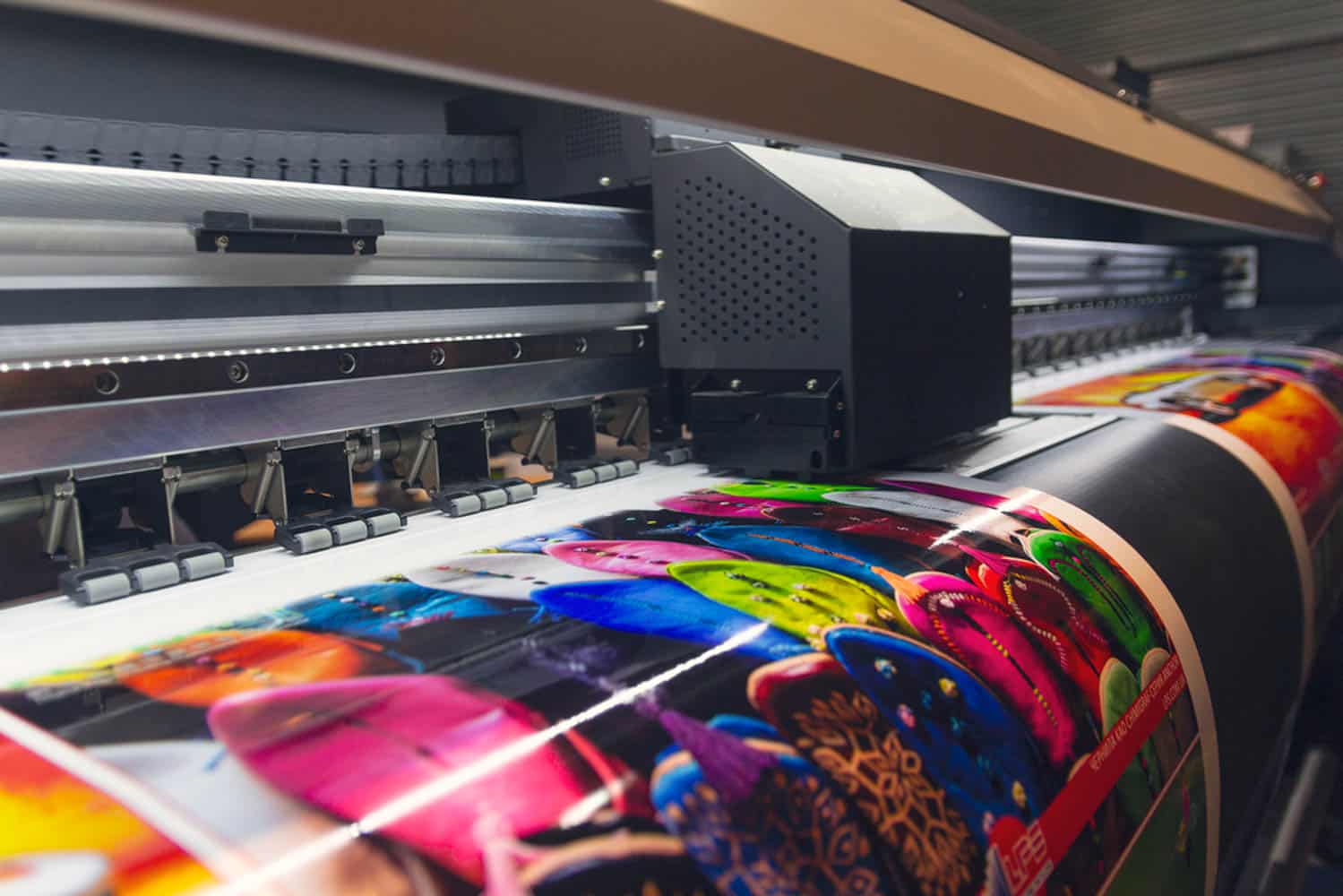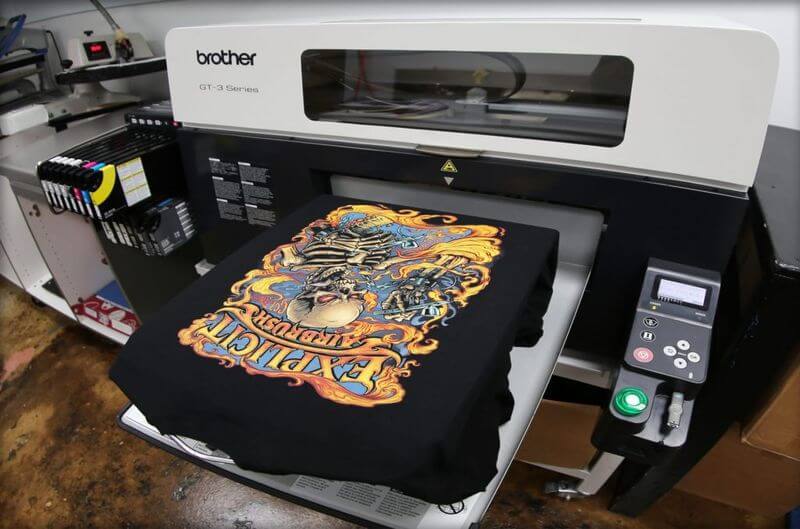Rumored Buzz on Digital Printing
Little Known Questions About Digital Printing.
Table of ContentsThe Only Guide for Digital PrintingWhat Does Digital Printing Do?Some Known Incorrect Statements About Digital Printing The Facts About Digital Printing RevealedThe Digital Printing StatementsThe smart Trick of Digital Printing That Nobody is Discussing9 Easy Facts About Digital Printing ExplainedThe Ultimate Guide To Digital Printing
Customization likewise allows companies to stick out in a jampacked market by developing one-of-a-kind advertising and marketing products that distinguish them from their rivals. Among the primary advantages of digital printing is the ability to publish variable information. Each printed piece can be distinct, allowing businesses to develop tailored advertising materials that speak directly to their target market.Digital printing additionally enables for customization in the layout of advertising materials (Digital Printing). With electronic printing, companies can develop layouts that are special and tailored to their certain needs.
The Best Guide To Digital Printing
This advantages companies that want to test various advertising and marketing techniques or launch brand-new product or services. By publishing smaller sized quantities of advertising products, businesses can decrease waste and prevent the demand for excess stock. Digital printing is likewise functional. It can print on different products, consisting of paper, cardstock, vinyl, and metal.
By using various products and styles, organizations can produce one-of-a-kind marketing materials that stand apart from their competitors and stand out from their target audience. Digital printing likewise uses consistency. With standard printing techniques, there is often variation in between prints as a result of distinctions in ink insurance coverage, stress, and various other aspects.
This consistency can assist develop customer trust and reliability, showing that the company is dedicated to providing high-quality materials. Uniformity is specifically crucial for organizations that intend to construct client count on and reliability. By guaranteeing that every print corresponds, organizations can reveal that they are dedicated to offering high-grade products and taking notice of the information.
Facts About Digital Printing Uncovered

In enhancement, digital printing produces less waste since it can publish on demand and in smaller sized amounts, reducing the need for excess stock and products. Digital printing additionally makes use of much less power compared to typical printing approaches. Digital printers do not require as much power to run, as they do not require to warm up as much or make use of as much power to run.
The Best Strategy To Use For Digital Printing

Countered printing requires a plate for every color published. Traditional balanced out printing is a print approach that uses aluminum plates to move ink onto a rubber sheet (commonly described as a "blanket"). The photo is then rolled onto the printing surface area. This printing approach is considered "countered" because the ink is not transferred to the paper straight.
Digital Printing Fundamentals Explained
The equipment's set-up costs are high at first, added systems come to be fairly less costly as the quantity increases. Balanced out printing permits a variety of print products to be utilized during production. It allows the printer to make use of various paper kinds, personalized coatings, and numerous inks. The high-grade photos generated with balanced out printing make it the recommended method, particularly among visuals developers, when seeking the greatest shade recreation, detail, and professional-looking prints.
For electronic inkjet printing, ink is transferred straight onto the look at here now surface. Instead than relying on light weight aluminum plates and rubber coverings to move an image, digital printing makes use of liquid ink throughout production.
Excitement About Digital Printing
Due to the fact that countered printing can blend personalized shade inks for each job, it will naturally get the colors spot-on. Count on offset printing for tidy, unique kinds and photos without streaks or places.
It sets you back a lot to start a countered work. You need to spend cash into producing the plates, which takes some time. When you've invested it, all of the products are prepared to go, and you'll spend much less on huge balanced out work than an electronic print, which is regarding the same per item no resource matter how large the task obtains.
Digital printing is much less expensive for low-volume tasks. The price per device drops for digital printing, so at some factor, they crisscross. Changing info within a solitary print job.
Not known Incorrect Statements About Digital Printing
While electronic printing or inkjet printing is the recommended selection in the present times, there are compelling reasons to convert from offset to electronic printing systems. When printing offset or electronically, crucial decisions and procedures are included in shade matching.
Industrial inkjet printing provides versatility for printing on many various substratums. Digital printing is optimal for customers who do not call for longer runs and warehousing products.

One advantage of digital printing is picking from a variety of digital substrates. With balanced out printing, substratums make up, generally, 30% of the expense of the task. With electronic printing, the price of the substrate in the overall task is tiny. This allows for even more selections than ever, which's excellent for marketing professionals and businesses.
Getting My Digital Printing To Work
drop-on-demand is the 2nd printing technology to consider. Continuous inkjet systems call for substantial upkeep, even more driver training, and higher downtime. However, equipment expenses in inkjet printing are much reduced than balanced out printing as there are no plate-making, plates, and press costs. Past the capital spending, the prepress equipment and printing presses call for very knowledgeable drivers in balanced out printing, which adds labor prices.